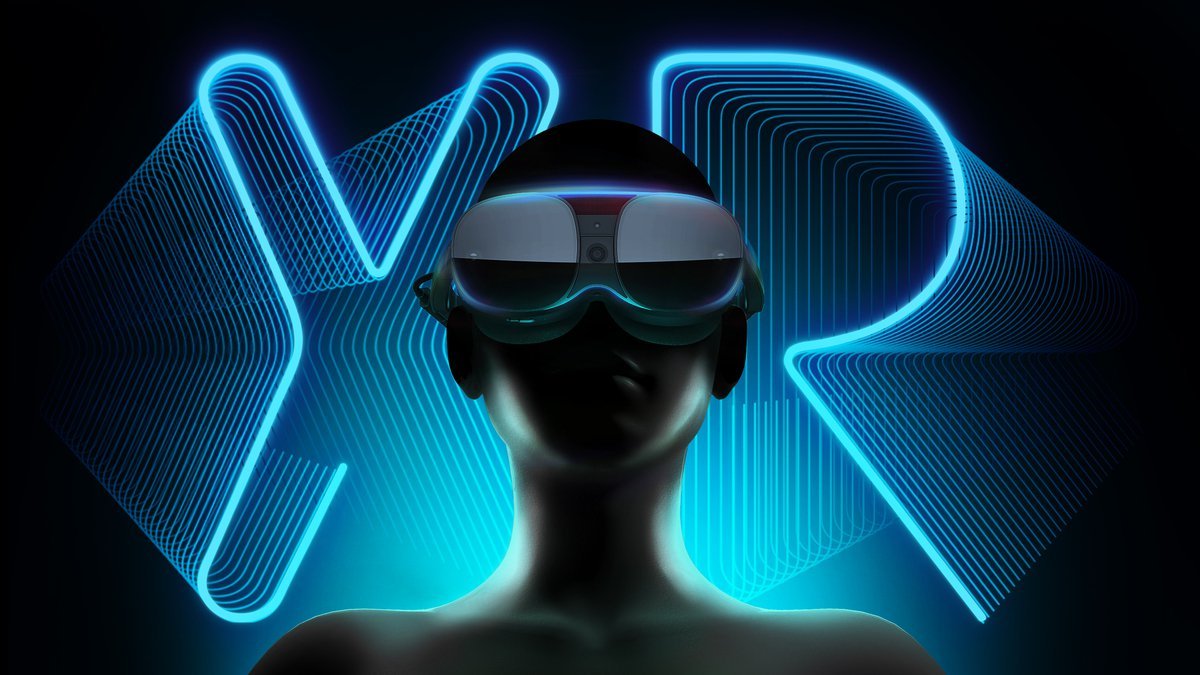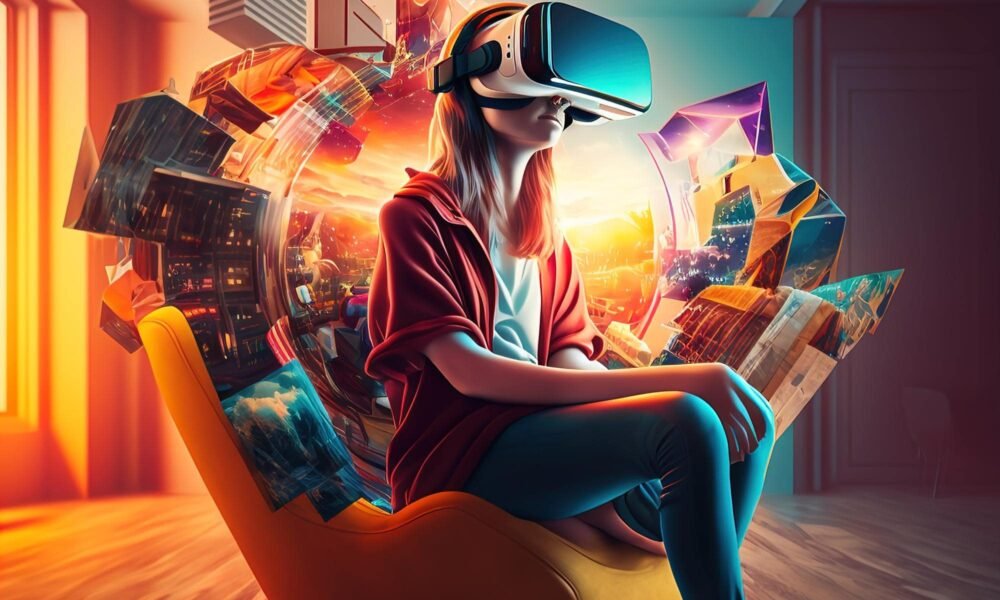Augmented Reality, often abbreviated as AR, is a technology that superimposes digital content, such as images, videos, or 3D models, onto the real world in real-time. This fusion of the virtual and physical realms creates an immersive and interactive experience that has far-reaching implications across various industries.
Explore the Contents
Understanding Augmented Reality
At its core, augmented reality enhances our perception of reality by adding a layer of digital information to our physical surroundings. Unlike virtual reality, which completely replaces the real world with a simulated one, AR seeks to enrich our reality by providing contextual and relevant data.
Key Components of AR Technology
AR technology relies on a synergy of hardware and software components to function seamlessly. These include sensors, cameras, displays, and processing units, all working together to interpret the user’s environment and deliver augmented content.
Applications of Augmented Reality
Gaming and Entertainment
AR has revolutionized the gaming industry by introducing captivating experiences that blend the virtual and real worlds. Games like Pokemon Go and AR-based escape rooms have captured the imagination of millions worldwide.
Retail and E-Commerce
In the retail sector, AR enables customers to visualize products in their real-world environment before making a purchase. This feature enhances the shopping experience and reduces the likelihood of returns.
Education and Training

AR transforms learning by providing interactive and immersive educational content. Complex subjects can be simplified through visualizations, making learning more engaging and effective.
Healthcare and Medicine
Medical professionals employ AR for tasks like surgical planning and medical training. AR-assisted surgeries provide real-time data and guidance, improving accuracy and patient outcomes.
Benefits of Augmented Reality
Enhanced User Experience
AR enhances user experiences by adding informative and engaging digital elements to real-world scenarios. This can range from interactive museum exhibits to personalized navigation.
Improved Learning and Skill Development
Educational institutions are leveraging AR to create dynamic learning environments. Complex concepts become easier to understand through interactive 3D models and simulations.
Enhanced Visualization in Healthcare
Medical imaging through AR allows practitioners to visualize internal structures in real-time during procedures, leading to more precise interventions.
Challenges in Augmented Reality Adoption

Technical Limitations
AR technology still faces challenges related to hardware limitations, such as battery life, processing power, and field of view. Advancements in these areas are essential for wider adoption.
Privacy and Security Concerns
As AR becomes more integrated into daily life, concerns about data privacy and security arise. Personal information could be compromised through AR applications without proper safeguards.
Integration into Daily Life
For AR to truly bridge the gap between virtual and real, it needs to seamlessly integrate into our daily routines. Achieving this level of integration requires user-friendly interfaces and unobtrusive hardware.
AR and Virtual Reality (VR): A Comparative Analysis

While both AR and VR offer immersive experiences, they cater to different needs. VR provides complete immersion in a simulated environment, while AR enhances the real world with digital elements. Each technology has its unique advantages and limitations.
The Future of Augmented Reality
The future of AR holds tremendous potential. As technology continues to advance, AR devices will become more compact, powerful, and seamlessly integrated into our lives. AR could revolutionize industries like remote work, tourism, and healthcare.
Conclusion
Augmented Reality is redefining the way we interact with the world around us. By seamlessly blending the virtual and real, AR technology has opened up a realm of possibilities across industries and daily life. As challenges are overcome and innovations continue, we can expect AR to bridge the gap even further, enriching our experiences and reshaping our reality.
Read More: Leading with Impact: The Power of Transformational Leadership
FAQs
Is AR only limited to gaming applications?
No, AR is being utilized in various sectors, including education, healthcare, retail, and more.
Are there any privacy concerns associated with AR?
Yes, as AR becomes more prevalent, protecting user data and privacy is a critical concern that needs to be addressed.
How does AR differ from VR?
While both offer immersive experiences, AR overlays digital content onto the real world, whereas VR creates a fully simulated environment.
What are the technical challenges AR faces?
AR devices need to address issues like battery life, processing capabilities, and field of view for wider adoption.
What does the future hold for AR?
The future of AR looks promising, with potential applications in industries like remote work, tourism, and healthcare, among others.
Read More: What Is Revenge Bedtime Procrastination?
